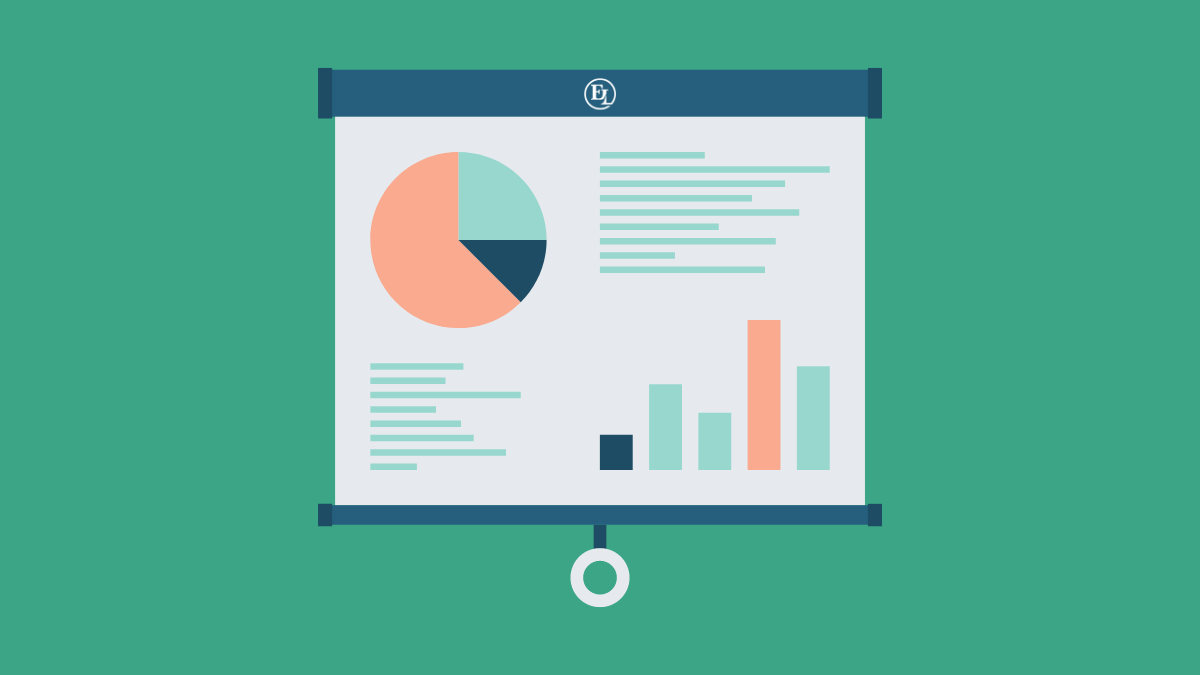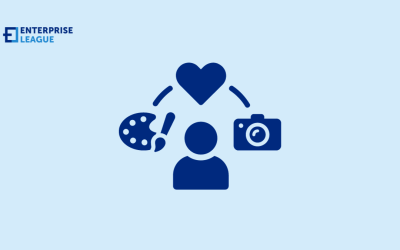Just like everything else about B2B, determining the crucial KPIs you should be measuring can be a tricky job. Even though B2B marketing KPIs can often be the same as B2C, at their core, they have their differences. That’s why sometimes B2B marketing KPIs can be challenging to marketers who come from D2C backgrounds.
Oh, and if you were wondering what KPI stands for, it’s Key Performance Indicators.
Why do we need these B2B marketing KPIs actually? Because it’s not enough to craft a marketing strategy, put it to action and let it run on itself. You’ll have to keep an eye of the progress.
Let’s say you’ve put your focus on email marketing but the KPIs show it’s not doing as good as content marketing. You’d be unaware of this if you don’t keep track of your B2B marketing KPIs. Resulting in wasting time and resources, when all you want to do is minimise expenses. So in order to know what works and what don’t you need KPIs.
12 B2B marketing KPIs you should be measuring
Of course, your B2B marketing KPIs will greatly depend on your marketing strategy and OKRs, but the following examples can serve you as a guide for what you should focus on.
First Time Appointment
Perryn Olson, CPSM, Chief Strategy Officer at ECS + My IT
Customer Acquisition Cost
Stewart Dunlop, CEO of PPCGenius.io
First Activation
Nick Swekosky, CEO of Market Metrics
The Barrows Popularity Factor
In general, the key things that you want to know about any of your advertising and marketing are…
1) Does it sell?
2) How much did it sell?
3) Which copy and which products and which prices and which promotions worked best?
4) And how can you increase your sales, increase your profit and decrease your risk?
To do this kind of analysis, the best metric to use is some easy-to-use advertising math I developed called The Barrows Popularity Factor.
It’s math that actually lets you QUANTIFY the relationship between advertising and sales and businesses of all kinds can use the math to help them increase their sales, increase their profit and decrease their risk.
The reason the math works so well is very simple.
It reduces the relationship between your advertising and sales to its lowest possible common denominator…namely: How much did you sell? divided by/ How much did you advertise? (But the key is this, don’t do the math in dollars, do the math in units per gross impressions.)
In mathematical terms, the formula looks like this: The Barrows Popularity Factor (The BPF) = How much did you sell? (in units) divided by /How much did you advertise? (in gross impressions)
The answer you get is a rate of return on gross impressions. (Gross impressions is the number of ads multiplied by the audience per ad.) Once you can quantify your rate of return on gross impressions, then you can use some additional math to help you determine the best way to spend your advertising budget.
Robert Barrows, Advertising & Public Relations at R.M. Barrows
Time Between Social Referrals or Social Mentions
Erika Heald, Founder of Erika Heald Marketing Consulting
Website Traffic
Abby, Editor at Wellpcb PTY LTD
Customer Retention
The number of customers at the start of that period (S)
The number of customers at the end of a period (E)
The number of new customers acquired during that period (N)
Mariano Martene, Head of Growth at Octopush
Revenue
As we approach a new year, we hope to see a renewed focus on attributing revenue back to the marketing campaigns that influenced them. Having a full understanding of a customer journey and using marketing to influence each stage will allow B2B marketers to get more from their budget, and their time.
Dave Smithbury, Head of Marketing at Ruler Analytics
Customer Effort Score
Riccardo Weber, Founder of True Innovation
Funnel Conversion Rates
DeAnn Poe, Vice President of Marketing at ZoomInfo
Customer Lifetime Value
Avinash Chandra, Founder and CEO at Brandloom
Velocity
Velocity is an important KPI to measure when looking into B2B marketing and setting its KPIs. Velocity KPIs are used to measure the time that a potential customer takes or spends at each step of its way when finalizing a purchase. It is on you what time duration you want to set in between different milestones as the KPI, so that you can measure the duration and judge accordingly then. Most people study MQL to SQL velocity, however, you can also measure SQL to quote velocity or quote to close.
Bradley Stevens, CEO at LLC Formations
Conclusion
When it comes to B2B marketing KPIs some are very obvious others are often overlooked yet extremely important. Hence we hope these examples served you right or inspired you to think of other B2B marketing KPIs that you should keep track of.
More must-read stories from Enterprise League:
- Best virtual networking events to get you back in the game.
- Find out how to get more customers for your business in a unquie way.
- These are the must-have apps you’re going to need if you’re an entrepreneur.
- .How social media can help or hurt your business.
- Creative spiritual business ideas that you can start today.
Related Articles
How to turn your hobby into a business in 2024
How long have you been dreaming to turn a hobby into a business and swim in cash? Stop dreaming, read our article and take action.
Home office security: 10 cybersecurity tips for remote workers
Working from home has become a reality and there are new challenges associated with remote work and maintaining the security of sensitive information.
6 supply chain challenges and how to solve them
When your business works with physical products it won’t be long until certain supply chain challenges arise. Knowing how to deal with these supply chain issues is crucial.
How to turn your hobby into a business in 2024
How long have you been dreaming to turn a hobby into a business and swim in cash? Stop dreaming, read our article and take action.
Home office security: 10 cybersecurity tips for remote workers
Working from home has become a reality and there are new challenges associated with remote work and maintaining the security of sensitive information.





